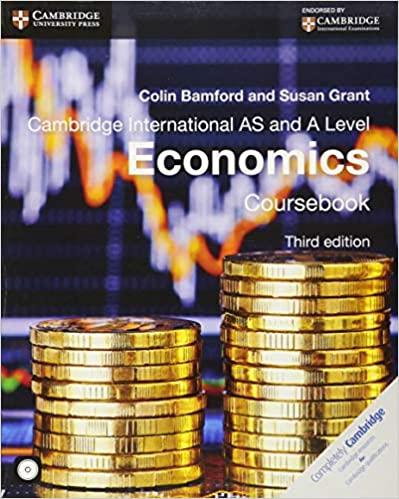


Do not answer wrongly this time
1.(i) Set out the likely changes to an individual's income and expenditure as a resultof retirement. [3]
The Net Replacement Ratio (NRR) is often used as a measure of the level of
retirement provision.
(ii) Explain why an appropriate NRR might vary between individuals. [4]
A survey in a developed country has revealed that the average NRR is less than 30%.
(iii) Suggest why the NRR is so low. [2]
(iv) Discuss ways by which State and employers can help to increase the NRR
2.
A large company operates a health benefits scheme which pays a sickness benefit to any employee who is unable to work through ill-health and a death benefit to any employee who dies. (i) Draw a transition diagram with three states which could be used to analyse data from this scheme. [2] (ii) Give the likelihood of the data, defining all the terms you use. [4] (iii) Derive the maximum likelihood estimator of the rate of falling sick. [3] The company records data on 1 January each year, classified by age last birthday on: the total number of employees (including those in receipt of sickness benefit). . the number of employees in receipt of a sickness benefit. Some recent data are given in the table below: Age last Total number of employees Number of employees in receipt of birthday on I January in year sickness benefit on I January in year 2014 2015 2016 2014 2015 2016 51 148 162 180 12 20 8 52 146 148 160 10 18 53 140 144 146 8 20 The company wishes to estimate the rates of falling sick and recovery at age 52 years nearest birthday over the two-year period consisting of the calendar years 2014 and 2015. (iv) Determine suitable exposed-to-risks for calculating the rates of falling sick andThe performance figures, which are before fees, for two fund managers and their comparative index are as follows: Start End Yl End Y2 End Y3 Fund A 100 106 101 112 Fund B 100 108 99 113 Index 5,000 5,304 5,145 5,620 (i) Calculate the annual performance of the two funds relative to the index over each of the three years, and the relative performance against the index for the entire period. [2] Fund manager A charges an annual management fee of 0.5% but no performance fee whereas fund manager B charges an annual management fee of 0.3% and a performance fee of 20% of any annual outperformance. (ii) Calculate the annual performance of the two funds, net of fees, relative to the index over each of the three years, and the relative performance against the index for the entire period. You may assume that fees are paid at the end of each year. State any other assumptions you make. [8] (iii) Comment on these results. [4](i) Describe how risk budgeting can be used when constructing a portfolio. [1] (ii) Describe how the process of risk budgeting is carried out. [6] A portfolio consists of CO.7 million in asset X and 60.4 million in asset Y. The correlation between returns is 0.6 and returns are assumed to be normally distributed. Daily volatilities of both assets are assumed to be 0.5%. (iii) Calculate the 1-day 95% Value at Risk (VaR) of the portfolio. [3] (iv) Calculate the benefit of diversification of holding both assets in terms of VaR. [2] (v) Explain the limitations of using VaR as a risk measure. [2]












